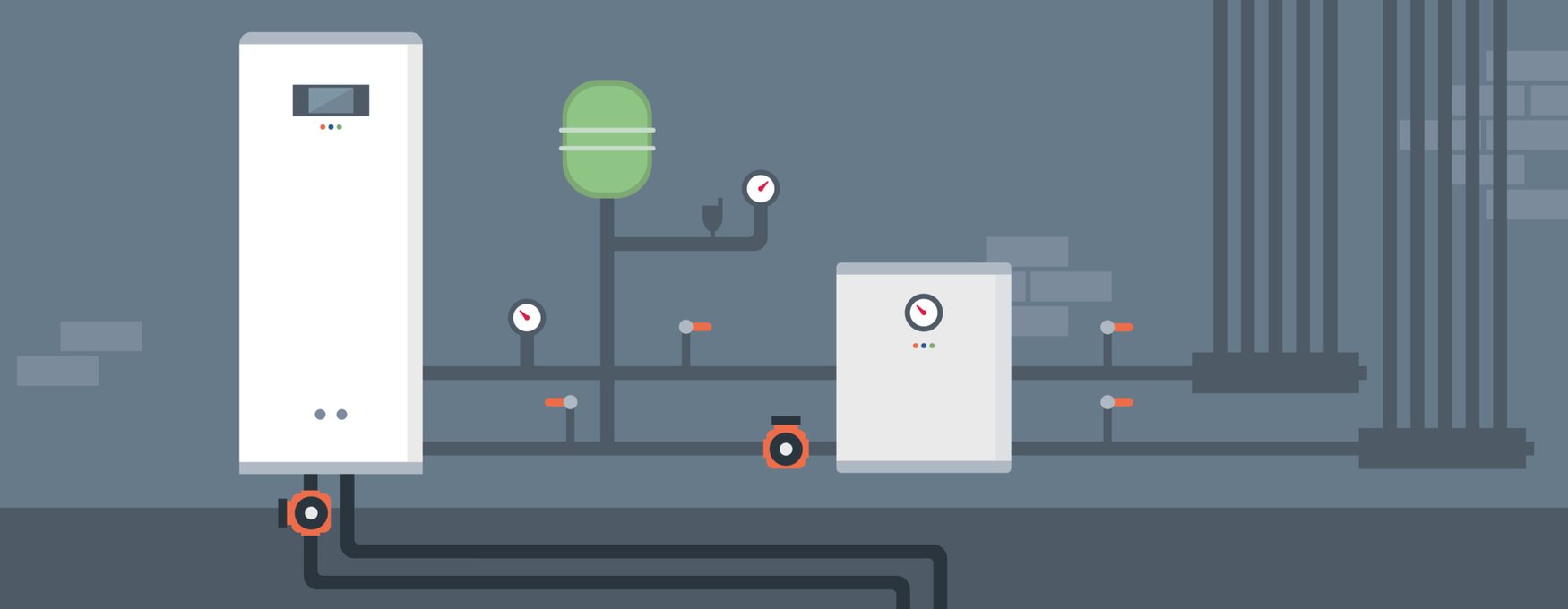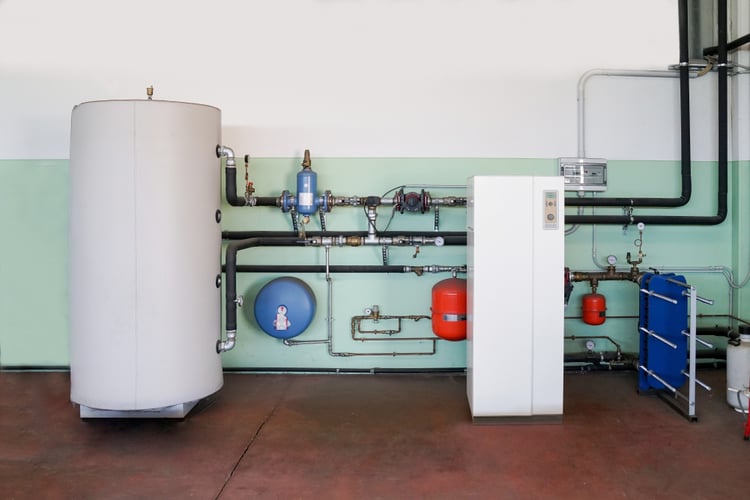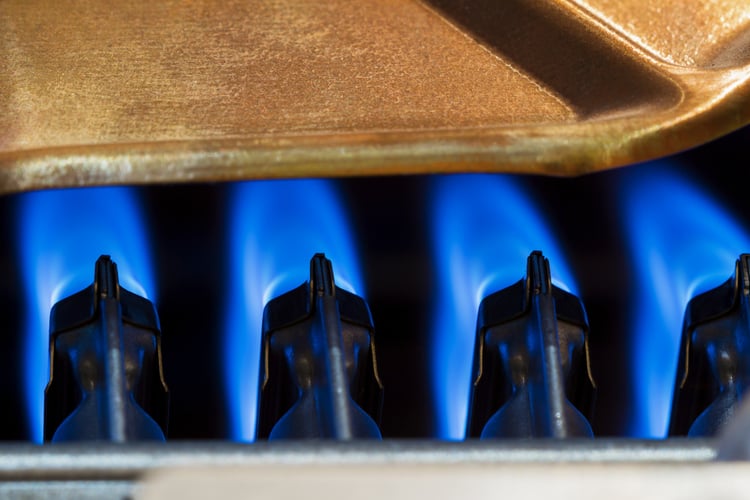Using a Fully Electric Hot Water System for Your Building

Water heating represents a considerable energy expense in the building sector, and especially in multifamily buildings. According to the NYC Urban Green Council, hot water systems account for 10% of total energy consumption overall, and 19% of consumption in multifamily buildings.
Traditionally, hot water systems have operated with natural gas or heating oil, and there is a major opportunity to cut emissions by switching to electricity. However, this is only true when the electricity used by heating systems comes from a clean source. Otherwise, emissions are simply being moved from buildings to power plants.
Reduce your building emissions with a fully electric hot water system.
Another technical challenge is designing electric hot water systems that are economically viable for building owners. Resistance heaters are not an option due to their low efficiency, especially in places with high kWh prices like NYC. A heat pump is a much better option, cutting electricity consumption by 50% or more compared with a resistance heater of the same capacity.
Choosing an Efficient Heat Pump Water Heater

When comparing water heaters, the most important metric to look at is the energy factor or EF. The EF is the ratio of heating output to energy input, which means a higher value results in less electricity consumption. To qualify for the ENERGY STAR label, an electric hot water system must meet the following conditions:
- If the capacity is 55 gallons or less, the minimum energy factor is 2.00.
- If the capacity is above 55 gallons, the minimum energy factor is 2.20.
An energy factor of 2.00 means the water heater provides 2 units of heat for each unit of electricity consumed. This means a 55-gallon ENERGY STAR water heater delivers at least 6,824 BTU (2 kWh) of water heat for every kWh of electricity consumed. The requirement is even more demanding for water heaters with capacities over 55 gallons, which must deliver at least 7,506 BTU (2.2 kWh) of heat per kWh consumed.
For comparison, resistance heaters always operate with an energy factor below 1.00. This happens because electricity is converted directly to heat, while a heat pump uses an inverse refrigeration cycle to increase its output per kWh. Due to this limitation, there are no resistance heaters that qualify for the ENERGY STAR label. However, a hybrid solar and electric water heater qualifies if the combined solar energy factor (SEF) is at least 1.8.
ENERGY STAR water heaters offer additional advantages beyond their high energy factor. To qualify for the label, electric water heaters must also have a warranty period of at least 6 years, and they must meet the UL 174 and UL 1995 standards.
Are There Natural Gas Water Heaters with the ENERGY STAR Label?

If you check the ENERGY STAR website, you will notice there are also gas-fired water heaters that qualify for the label. In this case, the minimum energy factor depends on the water storage capacity and the type of heater:
- Gas heater with a storage tank up to 55 gallons = At least 0.67 EF
- Gas heater with a storage tank over 55 gallons = At least 0.77 EF
- Tankless gas heater = At least 0.90 EF
- Combined solar and gas water heater = At least 1.2 SEF
Unfortunately, these heaters will no longer be an option for new NYC buildings when LL154 of 2021 comes into effect. Although they have ENERGY STAR labels, they depend on natural gas to operate. However, gas heating is allowed for new constructions below seven stories that are submitted by December 31, 2023, and new constructions that are seven stories or higher submitted by July 1, 2027. In the case of existing buildings, a conversion to electric space and water heating is only required if they undergo a major renovation.
Combining an Electric Water Heater With a Solar Collector and Onsite Generation
The operating cost of an electric hot water system can be reduced by using a solar collector, a renewable generation system, or both. A solar collector heats some of the water directly, reducing the total workload on the heat pump system. On the other hand, clean generation systems like solar panels and wind turbines can provide electricity for heat pumps. In both cases, the amount of grid electricity consumed by the water heating system is reduced.

Michael Tobias
Michael Tobias, the Founding Principal of NY Engineers, currently leads a team of 50+ MEP/FP engineers and has led over 1,000 projects in the US
Join 15,000+ Fellow Architects and Contractors
Get expert engineering tips straight to your inbox. Subscribe to the NY Engineers Blog below.



